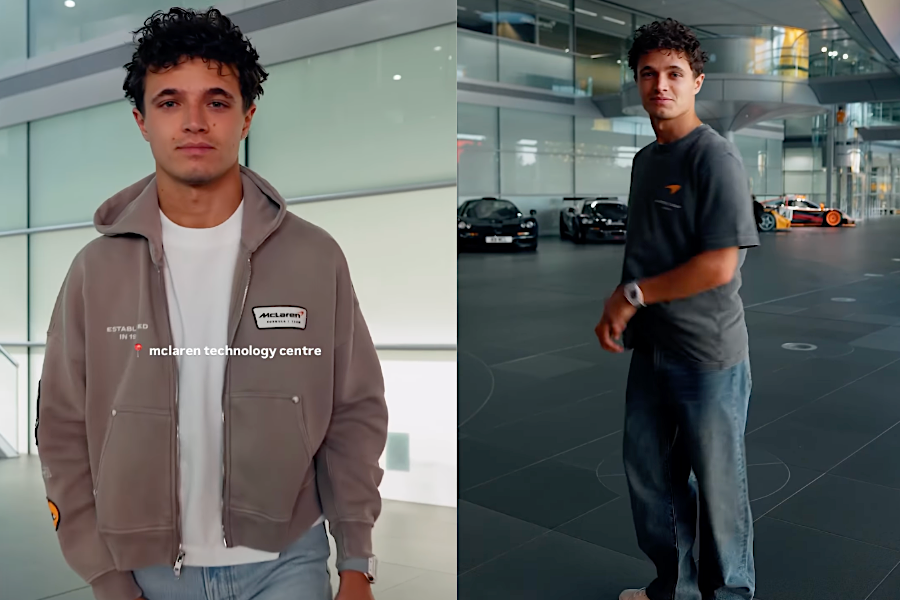Copyright Interesting Engineering

A research team at the University of Illinois Urbana-Champaign has found a way to stop concrete rail ties from cracking under heavy train traffic. Led by civil and environmental engineering professor Bassem Andrawes from Grainger College of Engineering, the team used shape memory alloys (SMAs) to help ties return to their original shape after being deformed. The study shows how these smart metals could make railway systems safer and more reliable. Concrete rail ties are designed to hold rails in position and maintain the correct distance between them. But over time, repeated train loads cause them to warp or crack. This can lead to costly maintenance and, if ignored, even derailments. How shape memory alloys work Shape memory alloys are special metals that “remember” their original shape. When bent or twisted, they can return to their initial form when heated. “SMAs are examples of what we call ‘smart materials,’” Andrawes mentioned in the press release. “You can deform them, twist them into wild new shapes, but they retain memory of their original state in the molecular structure. When you apply heat, they know to return to that state. So, if you just have a heat source, then the SMA can guide a concrete structure back to the desired shape stored in the alloy’s memory.” To make this work in rail ties, Andrawes and graduate student Ernesto Pérez-Claros used induction heating. This technique applies a changing electromagnetic field to heat the SMAs without placing any electrical hardware inside the concrete. Once heated, the SMAs contract and pull the tie back into alignment. Tested and proven in partnership with industry The project was developed in partnership with Rocla Concrete Tie, Inc., a commercial manufacturer of rail ties. The research was completed in three stages. First, Rocla helped the team cast SMAs into standard concrete rail ties. Then, they tested how different SMA lengths performed under stress. Finally, they ran full-scale load tests to simulate train traffic. The results were promising. The SMA-reinforced ties met and even surpassed the standards of the American Railway Engineering and Maintenance-of-Way Association (AREMA). “We’re doing something that I think is unprecedented in rail transportation engineering,” Andrawes noted. “We’re working with a commercial supplier of concrete rail ties to implement and test our designs. For our publication, we went beyond laboratory experiments and demonstrated compliance with rail industry standards. We’re very excited to continue our industrial partnership and develop a practical, working design.” Toward real-world rail adoption The next step for the Illinois team is to move beyond lab and factory tests. They plan to work with Rocla to commercialize the SMA rail tie system and test it under real train traffic at the Federal Railroad Administration Transportation Technology Center in Pueblo, Colorado. Andrawes said that meeting the technical standards was a major milestone. “It was important to us that we actually make something that goes out of the lab and into practice,” he added in the press release. “Showing that our design meets and even exceeds AREMA specifications means that it’s not just academic research. This is something that railroads can use, and we intend to guide it to the point where it can be adopted.” If successful, these self-healing ties could reduce maintenance costs, improve safety, and extend the lifespan of railway infrastructure around the world.



